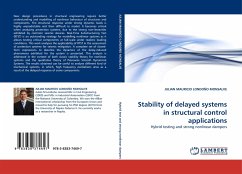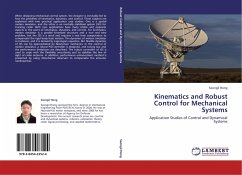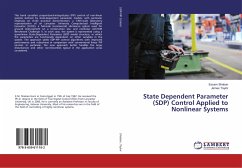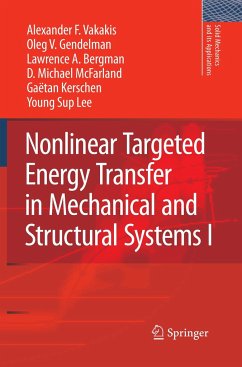
Stability of delayed systems in structural control applications
Hybrid testing and strong nonlinear dampers
Versandkostenfrei!
Versandfertig in 6-10 Tagen
39,99 €
inkl. MwSt.

PAYBACK Punkte
20 °P sammeln!
New design procedures in structural engineering require better understanding and modelling of nonlinear behaviour of structures and components. The structural response under strong dynamic loads is highly unpredictable and then difficult to model. It becomes critical when analysing protection systems, due to the strong non-linearities exhibited by common seismic devices. Real-Time Substructuring Test (RTST) is an outstanding strategy for modelling nonlinear systems as it allows testing critical components at full-scale under realistic loading conditions. This work analyses the applicability of...
New design procedures in structural engineering require better understanding and modelling of nonlinear behaviour of structures and components. The structural response under strong dynamic loads is highly unpredictable and then difficult to model. It becomes critical when analysing protection systems, due to the strong non-linearities exhibited by common seismic devices. Real-Time Substructuring Test (RTST) is an outstanding strategy for modelling nonlinear systems as it allows testing critical components at full-scale under realistic loading conditions. This work analyses the applicability of RTST in the assessment of protection systems for seismic mitigation. A complete set of closed-form expressions to describe the dynamics of the delay-induced phenomena exhibited for the system is presented. This analysis is addressed in the context of both classic stability theory for nonlinear systems and the qualitative theory of Piecewise Smooth Dynamical Systems. The results obtained canbe useful to analyse different kind of mechanical systems, in which, high frequency oscillations arise as a result of the delayed response of some components.












